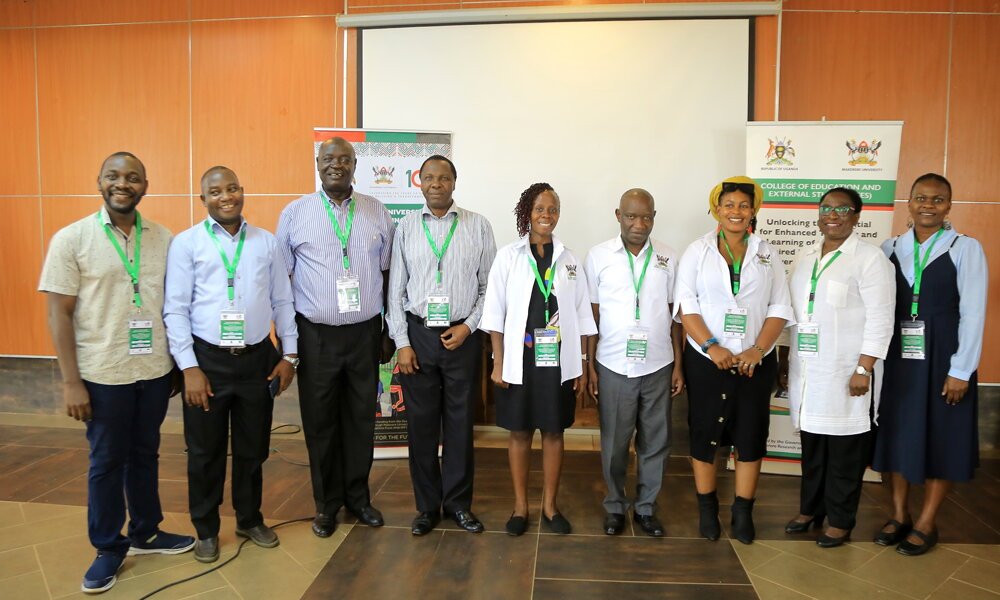The Vision of Empowerment
A Kyambogo University instructor is pioneering a new way for visually impaired people to navigate. This program combines Computer Vision (CV) and Natural Language Processing (NLP) to revolutionise blind mobility with accuracy and autonomy.
Understanding the Challenge
Visually impaired people struggle with daily living. Guide dogs and canes cannot analyse complex settings or provide spatial awareness. The lecturer’s project uses AI to overcome these restrictions.
Computer Vision: Seeing Beyond Sight
This initiative relies on computer vision, which interprets visual input. The system detects and maps furniture, walls, and people in real time using cameras and machine learning algorithms. This innovation gives consumers immediate input, warning them of potential dangers and enabling educated decision-making.
Natural Language Processing: Navigation’s Voice
NLP turns visual data into verbal commands to augment Computer Vision. NLP lets the system provide users real-time vocal instructions to turn, halt, or avoid obstacles. This audio feedback helps blind people navigate independently in different surroundings.
Integration for Independence
CV and NLP technologies integrate seamlessly to give users aural signals that improve spatial awareness. This approach helps visually impaired people become more independent by reducing their need of aids. Safely navigating public settings improves mobility and reduces dangers.
The Promise of Real-World Applications
This project has promising real-world applications. Users navigated congested metropolitan streets, crosswalks, and pedestrian areas easily. Public transport might use this technology to announce routes and stations, making commuting safer and easier.
Enhancing Social Integration
For visually impaired people, this technology can improve independence and social integration. Users who can confidently navigate public settings can participate more in social events and activities, breaking down barriers and promoting inclusiveness.
Affordable and Accessible Solutions
The project intends to democratise assistive technology access using affordable solutions. The lecturer’s effort focusses on cost to guarantee that more people, especially in low-resource regions, benefit from these technologies.
Moving Toward an Inclusive Future
Integrating CV with NLP is enabling visually challenged people to live fuller, richer lives. As research and development continue, assistive technology promises a world where people can navigate confidently.
FAQ
How does computer vision guide the blind?
Computer vision recognises obstructions and provides accurate navigation feedback. Improves spatial awareness for visually challenged people.
Natural language processing in this project?
NLP translates visual data into spoken instructions, enabling users to navigate autonomously.
What are CV-NLP integration benefits?
Integration increases autonomy and navigation safety by minimising reliance on traditional assistance.
Is this technology suitable for public transport?
It provides vocal route and stop instructions, making commuting safer and easier for visually impaired people.
Does this project promote social integration?
Independent living helps visually impaired people feel more competent in social situations, minimising loneliness.



